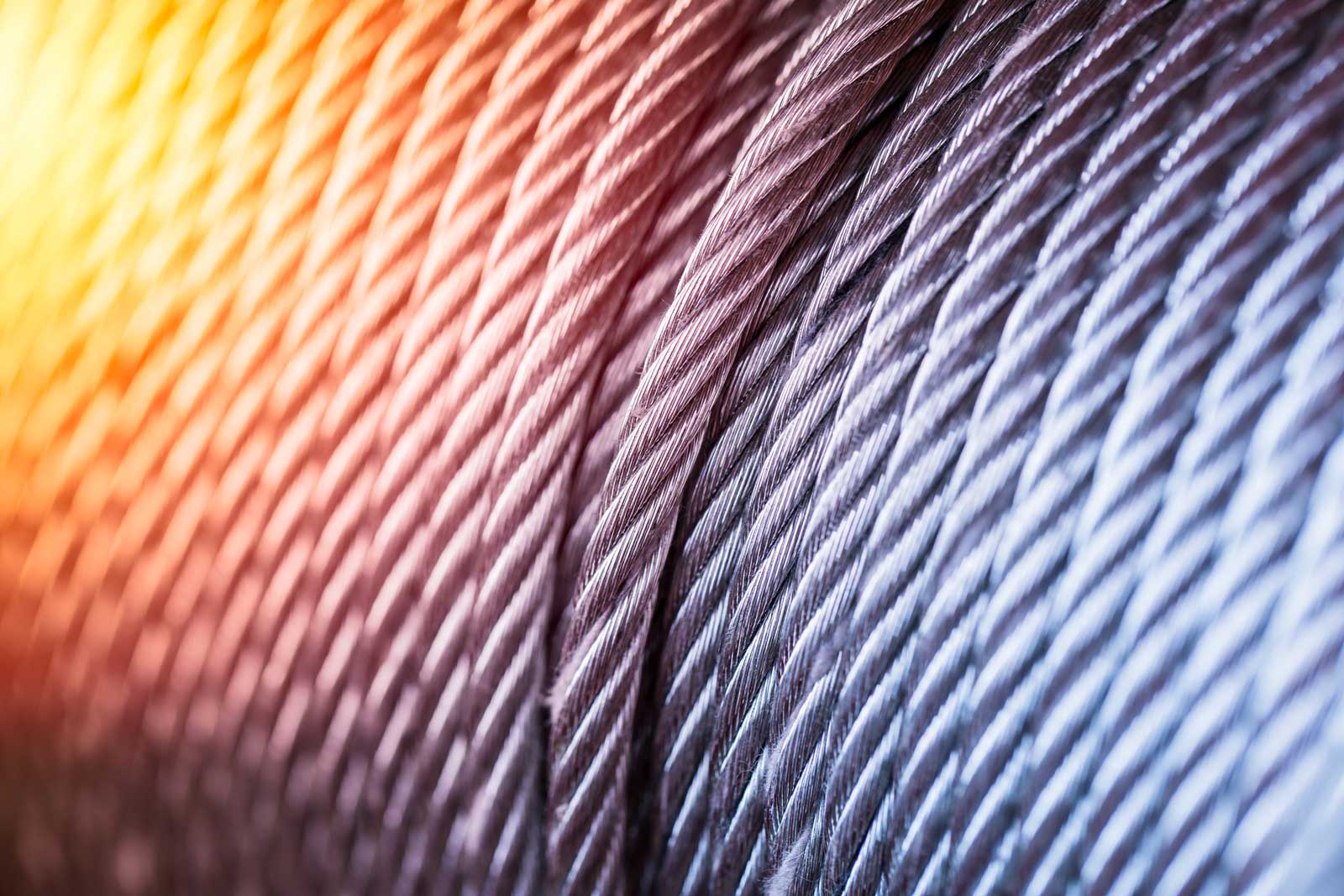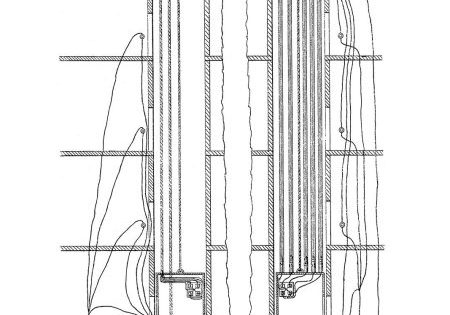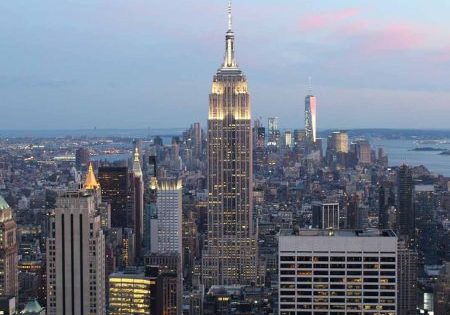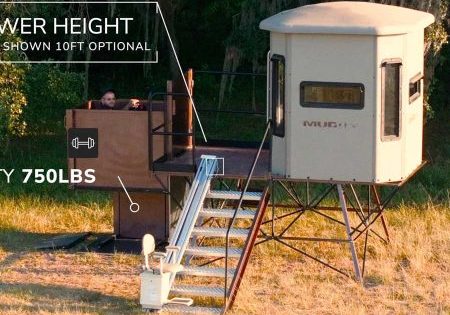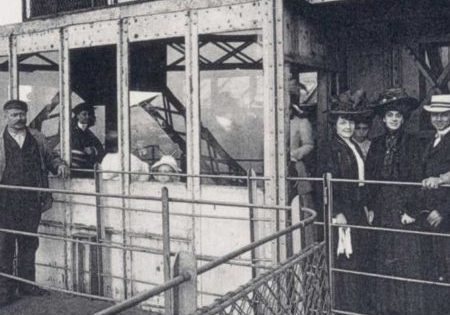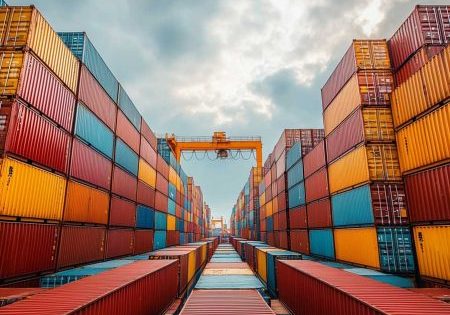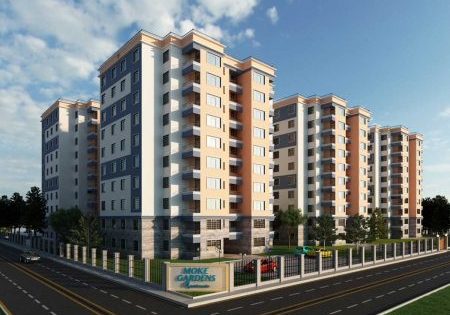How advancements in suspension means technology have helped increase elevator efficiency and safety
by Kevin Brinkman
In 2007, the American Society of Mechanical Engineers harmonized ASME A17.1/CSA B44 Safety Code for Elevators and Escalators, the definitive elevator safety code in the U.S. It is updated every three years to ensure that the requirements represent the latest safety and technology available, and that also applies to suspension means technologies. The second iteration of A17.1 in 2010 coincided with the introduction of the A17.6 Standard for Elevator Suspension, Compensation, and Governor Systems, which addresses elevator suspension within the scope of ASME A17.1/CSA B44. The code focuses on the three primary suspension technologies: steel wire ropes, aramid fiber ropes and coated steel belts. It provides uniform standards to ensure consistent levels of safety and provides guidance for elevator manufacturers, designers, installers, maintainers and inspectors of elevator equipment. A17.6 was updated in 2022 to remove aramid fiber ropes and add suspension means for Wind Turbine Tower Elevators and Part 5 Special Application Elevators.
A17.6 not only includes the material properties, design, testing, inspection and replacement criteria for these elevator suspension technologies, but it also provides direction for future construction as new technology develops.
In the world of elevator suspension technologies that are responsible for supporting and moving the elevator car and counterweight, the preferred choice has traditionally been steel wire ropes. A traditional suspension means made of high-tensile steel wires twisted into strands, steel wire ropes are durable but require lubrication and regular maintenance. By comparison, newer suspension means are coated steel belts and aramid fiber ropes. Coated steel belts use flat belts made of steel cords coated with polyurethane and are lighter, more flexible and require less maintenance than traditional ropes. Today, when an elevator system is upgraded or modernized in the U.S., some building owners are opting to move to coated steel belts. Aramid fiber ropes offer comparable benefits (i.e., high strength, lightweight, corrosion-resistant and energy-efficient), but U.S. code currently does not include fiber ropes.
Here’s a glimpse at some of the benefits of suspension means innovation:
Regulations and Standards
Compliance with standards such as ASME A17.1/CSA B44 ensures that suspension means meet stringent safety and performance criteria. Multiple suspension means are required (i.e., several steel ropes or belts) to ensure redundancy. Even if one fails, the others provide support, reducing the risk of an accident. While A17.1/B44 provides minimum requirements, A17.6 goes into more detail on the design, and maintenance and testing of suspension means.
Inspection and Maintenance
Traditional wire ropes can be inspected by looking for broken strands and measuring the diameter. Allowances for breakage are reduced by 50% for ropes showing rouge. Meanwhile, for coated suspension means, a monitoring means is required to determine residual strength. Manufacturers provide guidelines for replacement based on cycles, wear and usage. The requirement is that the suspension means must be replaced before it reaches 60% of residual strength. Fiber ropes and polyurethane-coated belts are more resistant to environmental factors like moisture and salt, which can corrode steel ropes. Less lubrication requires less maintenance, but it is harder to visually inspect compared to traditional steel ropes.
Efficiency
Energy efficiency is improved because the alternative suspension means allow for a reduced diameter drive sheave, which reduces energy consumption because of the size of the machine and the ability to use gearless technology. Flat coated belts allow for more compact designs, enabling the development of machine-room-less (MRL) elevators and systems requiring less shaft space. For example, a wire rope can only bend so far before putting undue strain on the rope. This gives a ratio of the rope diameter to the bend on the sheave. A traditional rope for an elevator may be 1 in. With a belt, the elevator system may have a 3/8-in. wire belt with a coating, decreasing the size of sheave required to run the suspension means. The system can also be more easily transitioned to a gearless drive with belts compared to ropes. And because belts weigh less with the same loading capabilities, the ropes do not add to the weight of the entire elevator system.
Other Benefits
Newer suspension means, such as coated belts, tend to operate more quietly compared to traditional steel ropes as plastic on metal is quieter than metal on metal. The design of the suspension means impacts traction. Coated belts and ropes are designed to maximize grip on the drive sheave to minimize slippage.
Understanding these aspects helps in the proper design, selection and maintenance of elevator systems to ensure safety, efficiency and longevity. To learn more, go to NEII.
Get more of Elevator World. Sign up for our free e-newsletter.
